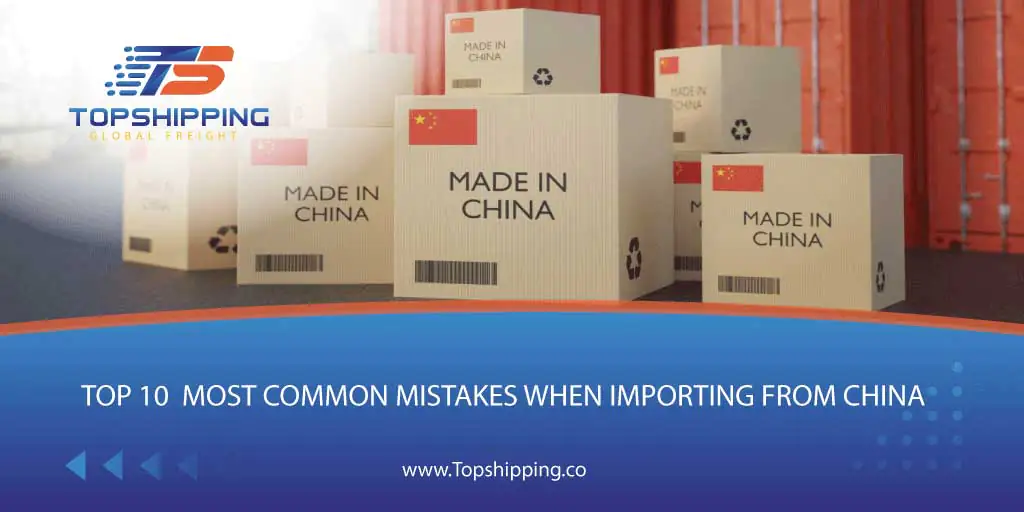

Table of Contents
COMMON MISTAKE NO. 1 – LACK OF AWARENESS REGARDING REGULATIONS
When ordering products, be aware of specific regulations and compliance laws that may apply.
For example, Bluetooth and MP3/4 speakers require a Bluetooth license and a Sisvel license, which are usually the customer’s responsibility.

Many suppliers may not include these costs in their pricing or notify you about them.
To avoid issues, consult with your inspection company to understand the necessary certifications and compliance standards for your products.
Most inspection companies provide this information at no extra charge.
Failing to verify these requirements can lead to customs delays, additional storage costs, or even the seizure or destruction of your shipment if you can’t provide the required certificates promptly.
COMMON MISTAKE NO. 2 – LACK OF CLEAR INSTRUCTIONS TO YOUR SUPPLIER
Reflecting on my experiences, I’ve often regretted not being thorough with my orders. Early in my career, mistakes and incomplete processes led to unfavorable outcomes.
To avoid these issues, it’s crucial to communicate your specifications and requirements clearly to your supplier through emails and order instructions. Always request confirmation to ensure they understand your needs accurately.


Key specifications to include:
- Proper labeling on the master carton.
- Detailed product specifications such as color, weight, features, and certifications.
- Product/carton/pallet labels if selling on platforms like Amazon FBA for proper identification.
- Shipping instructions, including destination details and preferred methods.
- Inspection instructions (detailed further below).
- Any other relevant details specific to your product or order.
Providing clear and comprehensive instructions helps minimize misunderstandings and errors, leading to smoother transactions and better outcomes.
COMMON MISTAKE NO. 3 – FAILURE TO MONITOR YOUR ORDER
Monitoring your order is crucial. Don’t just place it and assume everything will go smoothly. Stay in regular contact with your supplier, ideally checking in at least once a week.
Suppliers handle many orders, so remind them of your deadlines and discuss details like shipping marks and packaging. Prepare essential instructions beforehand to save time.
Create a checklist for order follow-up with tasks and reminders to ensure nothing is overlooked.
Being proactive and organized will help ensure a smoother import process.

COMMON MISTAKE NO. 4 – LACK OF AGREEMENTS
It’s common for newcomers to overlook the potential for delays or problems during production, especially when there are planned promotions or promised delivery dates to clients.
To safeguard your interests, I strongly advise having a purchase order term or a separate buying agreement in place.
This can prove invaluable if you encounter delays and need to air-ship goods to meet deadlines.
It’s imperative that your supplier signs this agreement; otherwise, you may have no recourse in case of a dispute.
In general, there are four key components I include in my agreements or contracts:

Payment Terms:
I typically use a 30/70% payment term, meaning I pay a 30% deposit upfront, and the remaining 70% is paid only after inspection passes.
If the inspection fails, the supplier must rework the production until all agreed-upon standards are met.
Inspection Clause:
I inform the supplier at the outset that there will be an inspection, which I will cover the cost of. If the inspection fails, the supplier is obligated to rework the goods until I am satisfied. However, it’s worth noting that the majority of inspections result in failures due to minor issues. In such cases, instead of requesting a re-inspection, I have the supplier sign a Letter of Guarantee confirming that the order has been reworked, and they are responsible for any future claims.
Penalty Fees for Delays:
I establish penalty fees for delays, typically giving a 14-day “good will” period.
If the supplier exceeds this period for any reason, I charge a percentage of the total order amount as a penalty.
While I may not enforce these penalties strictly to preserve the relationship, I may negotiate for additional free units as compensation for the delay.
Letter of Guarantee for Refunds:
I also have the supplier sign a Letter of Guarantee that includes provisions for refunds.
If there are any issues with the products later on, I require the supplier to provide replacements on my next order for free, based on the number of returned items due to defects.
By having these agreements in place, you establish clear expectations and protections for both parties, minimizing the risk of disputes and ensuring smoother transactions.
COMMON MISTAKE NO. 5 – NEGLECTING TO CONDUCT AN INSPECTION
Though it’s listed as number 5, relying solely on supplier photos or videos is often the most common and costly mistake in importing from China.
Suppliers are unlikely to show defects in these materials.
To avoid this, always engage a third-party inspection company for a Pre-Shipment Inspection (PSI) during the final production phase.
Inform the supplier when placing your order that an inspection will be conducted at your expense. The supplier will then schedule a date.
Online services like QIMA make booking inspections easy. Though inspections have costs, they’re crucial.
Without them, you risk receiving defective goods, and rectifying the situation after delivery may be impossible.
Inspections help protect your investment and reputation by ensuring you receive quality products.

COMMON MISTAKE NO. 6 – SELECTING THE WRONG SUPPLIER
Choosing the right supplier is crucial and involves finding one who:
- Understands your needs and requirements.
- Is communicative and responsive to inquiries and issues.
- Has strong knowledge of their products and industry.
- Demonstrates proactivity in identifying issues or suggesting improvements.
For detailed guidance on verifying suppliers, check out my in-depth post [here](provide the link to your post).
Selecting the wrong supplier can lead to delays, quality issues, and communication problems. Thoroughly vetting potential suppliers is essential to align with your business needs and standards.

COMMON MISTAKE NO. 7– SELECTING THE WRONG PRODUCT
When it comes to choosing a product to import, it’s crucial to avoid selecting the wrong one. This involves considering factors such as:
Complexity:
Avoid products that are overly complex to manufacture or that may be difficult for you or your customers to understand.
Opt for products with manageable production processes and clear value propositions.
Seasonality:
Be cautious of products that are highly seasonal and may only sell well during specific times of the year, such as Easter-themed items.
While seasonal products can be lucrative, ensure that you diversify your product range to cover all seasons.
For example, consider offering sports items that are suitable for sale year-round, regardless of the season.
Anti-dumping Rates:
Take care to avoid products that are subject to anti-dumping duties.
These additional tariffs can significantly increase costs and affect the profitability of your import business.
Counterfeit Products:
Steer clear of counterfeit or infringing products. Engaging in the sale of fake products can lead to legal consequences and damage your reputation.
It’s essential to conduct thorough research and due diligence to ensure the products you import are genuine and legally compliant.
By carefully evaluating potential products based on these criteria, you can mitigate risks and increase the likelihood of success in your import business.
COMMON MISTAKE NO. 8– UNREALISTIC EXPECTATIONS
First-time buyers in China often have unrealistic expectations, assuming it’s as simple as a tailor shop where all demands are easily met. However, the reality is different.
For instance, placing very small orders (e.g., 100-200 pieces) with specific customizations (color, packaging, logos) can be unrealistic.
Most suppliers require minimum order quantities of around 1000 units due to their production processes and material procurement needs.
Another common misconception is expecting significant price reductions with larger orders.
Doubling an order from 500 to 1000 pieces often results in minimal discounts.
Even large orders may see only marginal reductions due to fluctuating raw material and labor costs.
Managing these expectations is crucial for a successful importing experience from China.

COMMON MISTAKE NO. 9 – FAILURE TO VERIFY THE SUPPLIER
Avoid the common mistake of blindly trusting a supplier based solely on their “Gold Supplier” badge on Alibaba or other platforms.
It’s essential to conduct thorough research to verify the supplier’s reliability and credibility.
Following these guidelines helps assess the legitimacy of potential suppliers and reduces the risks of dealing with unreliable or fraudulent entities.
Investing time in supplier verification upfront can save you from costly mistakes and issues later. Prioritize this step to ensure you partner with trustworthy suppliers for your business.
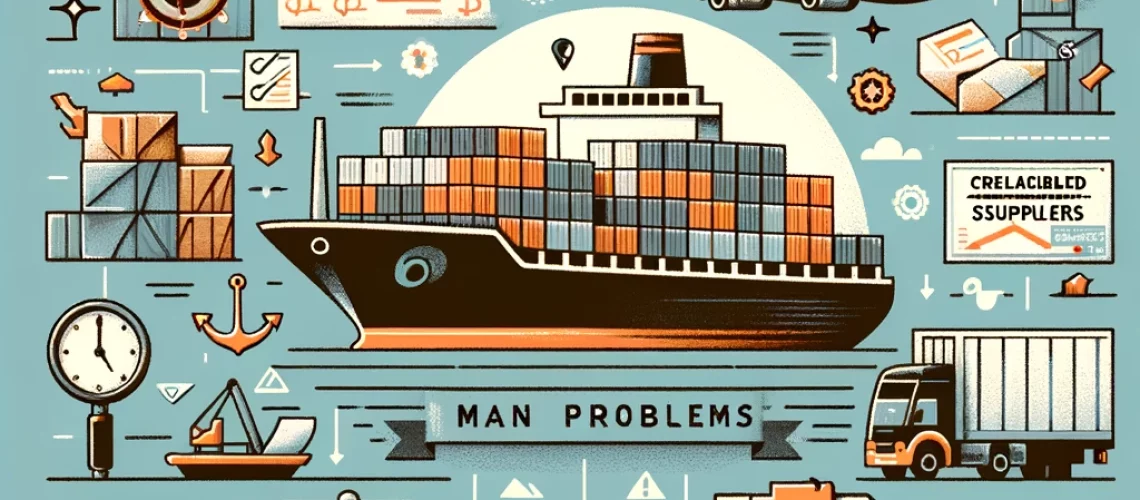
COMMON MISTAKE NO. 10 – FAILURE TO INSURE YOUR SHIPMENT
Always ensure your shipment is insured. Request insurance from your freight forwarder or courier service, such as DHL. This is a straightforward process and should be offered by any reputable provider.
Insurance costs are relatively low, usually less than 1% of the order’s value. For example, insuring a $1000 order typically costs under $10. Given the risks of international shipping—such as damage, loss, or theft—insurance offers essential financial protection and peace of mind.
Insuring your shipment is a small investment that can prevent significant financial losses and stress. Make sure to include insurance as part of your import process.
Final Takeaway
In summary, successful importing requires careful planning, thorough research, and attention to detail.
Avoid common mistakes such as neglecting regulations, failing to communicate clearly with suppliers, and underestimating the importance of inspections and insurance.
By learning from others’ experiences and implementing best practices, you can minimize risks and build a profitable import business.

TopShipping
With years of experience in logistics and freight forwarding, the author is passionate about making shipping smoother and more efficient.
As a leader at TopShipping, they’ve developed a deep understanding of supply chain management, international shipping rules, and creative logistics solutions. They’re driven by a desire to help businesses succeed by delivering reliable, customer-focused services.
Over the years, they’ve also shared their expertise by writing for various industry publications, offering practical tips and insights on the latest trends in logistics. Thanks to their leadership, TopShipping has become a trusted name for companies looking for hassle-free global freight solutions.
Comment Section
Comment
Write your idea about "Top 10 most common mistakes when importing from China"


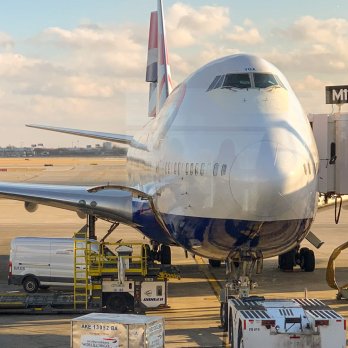




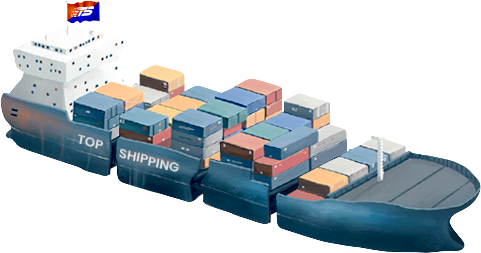
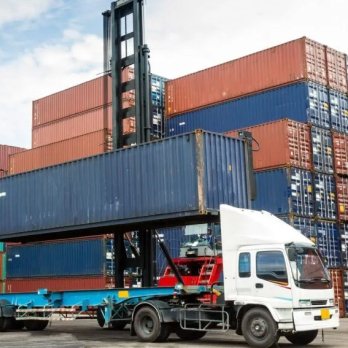
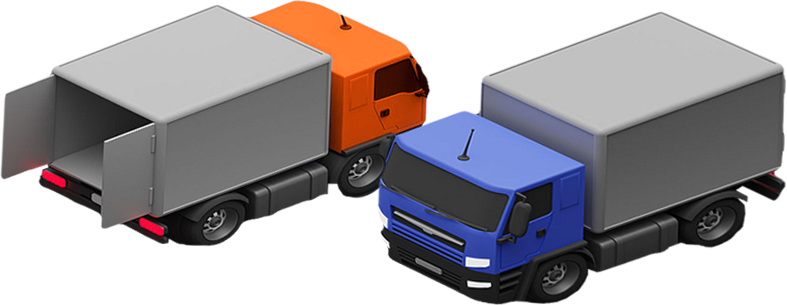
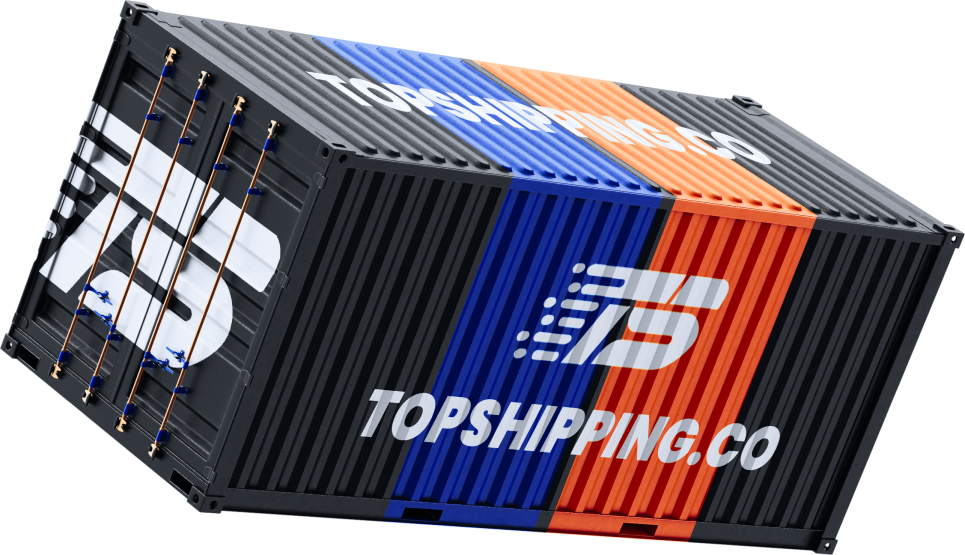





No comments yet.